Essential Quilting Tips: 12 Small Things That Make a Big Difference

When it comes to quilting, pattern designer Jemima Flendt knows first-hand that even the smallest details can have a big impact on a finished quilt top. She also understands that finding time to quilt can sometimes feel like a luxury. In both of her books, Quilt Big and Weekend Quilting, Jemima shares her essential quilting tips and tutorials that help quilters of all skill levels make gorgeous quilts quickly and easily.
Jemima Flendt Knows Quilting
“I have a passion for teaching others how to sew and quilt,” says Jemima, who teaches at quilting retreats and workshops worldwide. Her quilting experience and love of teaching are obvious in her books. In Weekend Quilting, Jemima offers a beginner-friendly, how-to guide featuring block tutorials and quilting projects that can be made in a few days or less. While her second book, Quilt Big, was written with the goal of “helping new and experienced quilters alike quilt better”—even if they’re short on time.
“The projects in my new book feature a variety of techniques to help quilters hone their skills,” says Jemima. “And, because of their larger size, the projects can be finished in less time.” Here, she shares 12 small yet essential quilting tips that can help quilters of all skills take their quilts and home décor projects to the next level with ease. Happy Quilting!

12 Essential Quilting Tips from Jemima Flendt
1
Use an accurate ¼” seam allowance. Accuracy is key in quilting, so always double check your seam allowances accurately measure ¼”. (Investing in a ¼” foot on your sewing machine can help.) When all of the seams are the same, correct size, fabric pieces will fit together easily and seams will match up neatly.
2
Read instructions thoroughly before you begin. Understanding where a pattern is headed and what supplies you will need before you begin will help you get through each step with ease.
3
Always pin before you sew. Pinning will help you align seams properly, which will help you avoid having to rip them out later. A time-saver any quilter can appreciate!
4
Always set seams. To achieve a straighter seam, press the sewn seam flat, then press it in the direction you need it to lay. The finished top will be worth any extra effort.
5
Replace sewing machine needles regularly. Change your needle every 8 hours of sewing time or for every new quilt top. Using a nice sharp needle will ensure it moves smoothly through fabric and helps prevent snagging, skipping, and pulling.
6
Be prepared. Get organized before beginning a project. Make sure you have all the notions you need on hand, pre-wind your Bobbins, iron your fabric before cutting, and so on. Paying attention to these details will help keep you moving through a project rather than having to keep stopping and starting.

Accurate seam allowances are essential for this Log Cabin quilt by Jemima Flendt.

Setting seams is essential for creating the straight lines in this String Block Pillow by Jemima Flendt.

Save time by gathering all the supplies you’ll need before you begin a project.

This striking Hearth and Home Pillow by Jemima Flendt is made with one super-sized block.

For her Half-Square Triangle quilt, Jemima Flendt made oversized blocks and trimmed them down to size.

Jemima Flendt’s Lola quilt.

Jemima Flendt’s Constellation Sampler quilt from Quilt Big.
7
Keep scissors handy. For convenience, store a small pair of scissors near your sewing machine for snipping loose threads.
8
Buy the best your budget allows. Choosing good quality fabrics and notions will help you enjoy making projects so much more. It will also help you avoid the frustrations that can arise from using inferior fabrics, notions, or equipment.
9
Start small. If you’re new to quilting, making smaller projects, such as pillows, mini quilts, and runners, is a great way to build confidence and skills. The home décor projects in Flendt’s latest tome offer the perfect opportunity to hone your skills by making smaller projects with bigger blocks.
10
Make oversized blocks. When making classic blocks, such as Half-Square Triangles or Flying Geese, sew slightly oversized blocks (if the pattern doesn’t already account for it) so that you can trim them down accurately to the correct size. The finished look is worth the effort!
11
Save leftover batting. Scraps from larger projects are often a good size for pillows. Keeping them in your stash can save you from having to run out and buy more batting for future projects.
12
Take a class. Check out your local quilting store or go online. Getting some help and advice is a great way to hone your skills as well as meet other creative, like-minded people who share your interests.
What Are Your Favorite Quilting Tips?
Now that you’ve seen Jemima Flendt‘s top twelve essential quilting tips, we want to hear about your best tips! Is there something you just have to do when you quilt? Or something you’ve learned that’s changed your creative outlook? Share with us on Instagram, Facebook, or in the comments sections below. And if you still want more helpful instruction and inspiration from Jemima, be sure to check out her books, Quilt Big and Weekend Quilting!
Enjoying this article? Sign up for our newsletter!
*This article contains affiliate links that help us earn a small commission at no additional cost to you. As an Amazon Associate, we earn from qualifying purchases. We’re grateful for your support!
From our Shop
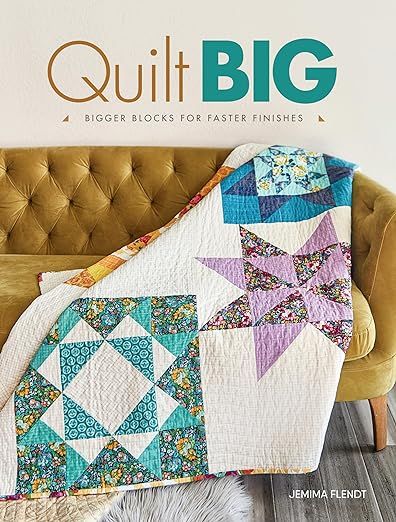



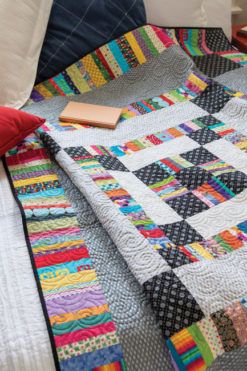
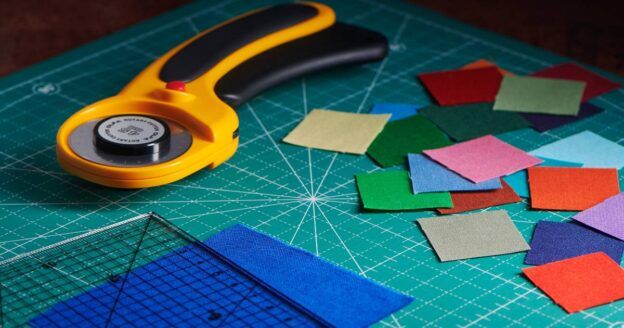

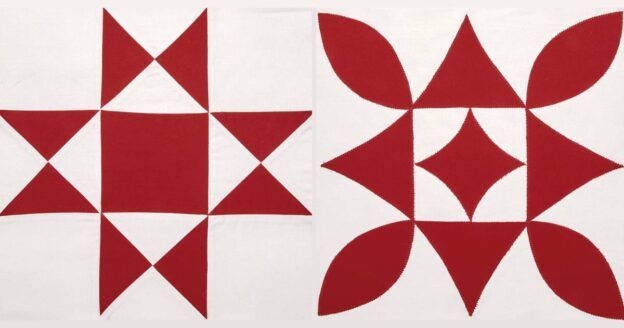

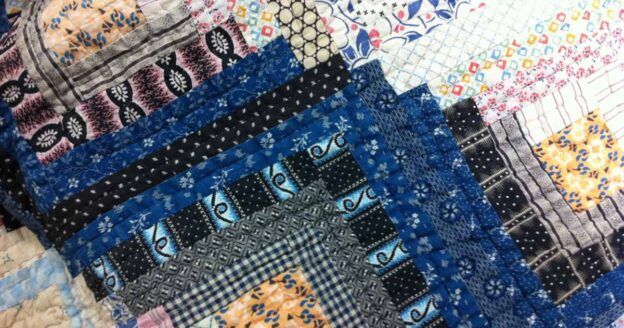
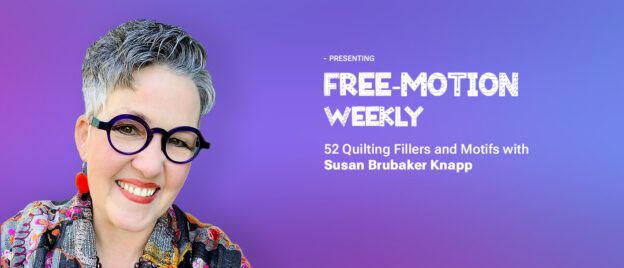


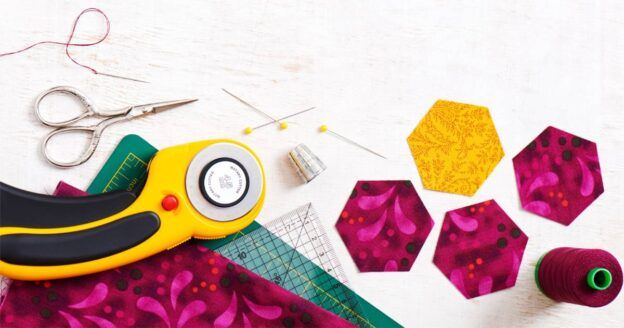
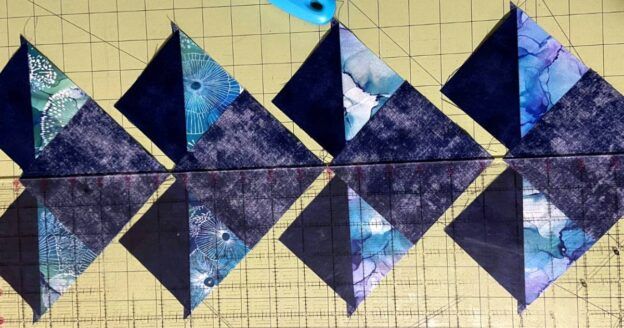


Join the Conversation!